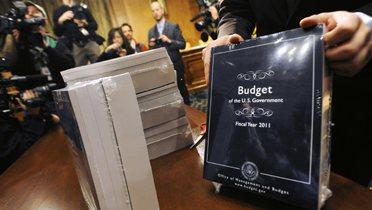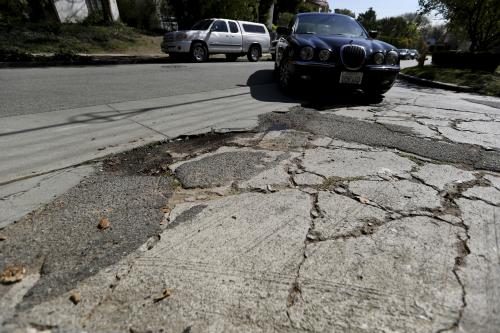A potential area of consensus in Washington is on the need to increase investment in public infrastructure. But there is less agreement on how the federal budget process should treat investments that may have future economic and social returns. Some believe the current budget process is biased against public investment. However, there are challenges in defining such investment, identifying the degree of bias, and constructing an improved process.
In “Budgeting for Investment” (PDF), Steve Redburn looks at steps the government can take now to improve the information and analysis available to inform choices and help identify public investments that are most likely to yield social returns, justifying their up-front budgetary cost. He offers Congress and the Administration three process changes to consider:
- Establish and track investments as a separate budget classification, including both spending and tax expenditures that generate streams of future social benefit. Within that category, identify and track critical infrastructure investments or investments of national significance.
- Improve measures of the cost of investments that generate returns.
- Improve estimates of the social returns on public investments.
Read the full paper here.
The author did not receive financial support from any firm or person for this article or from any firm or person with a financial or political interest in this article. He is currently not an officer, director, or board member of any organization with an interest in this article.





